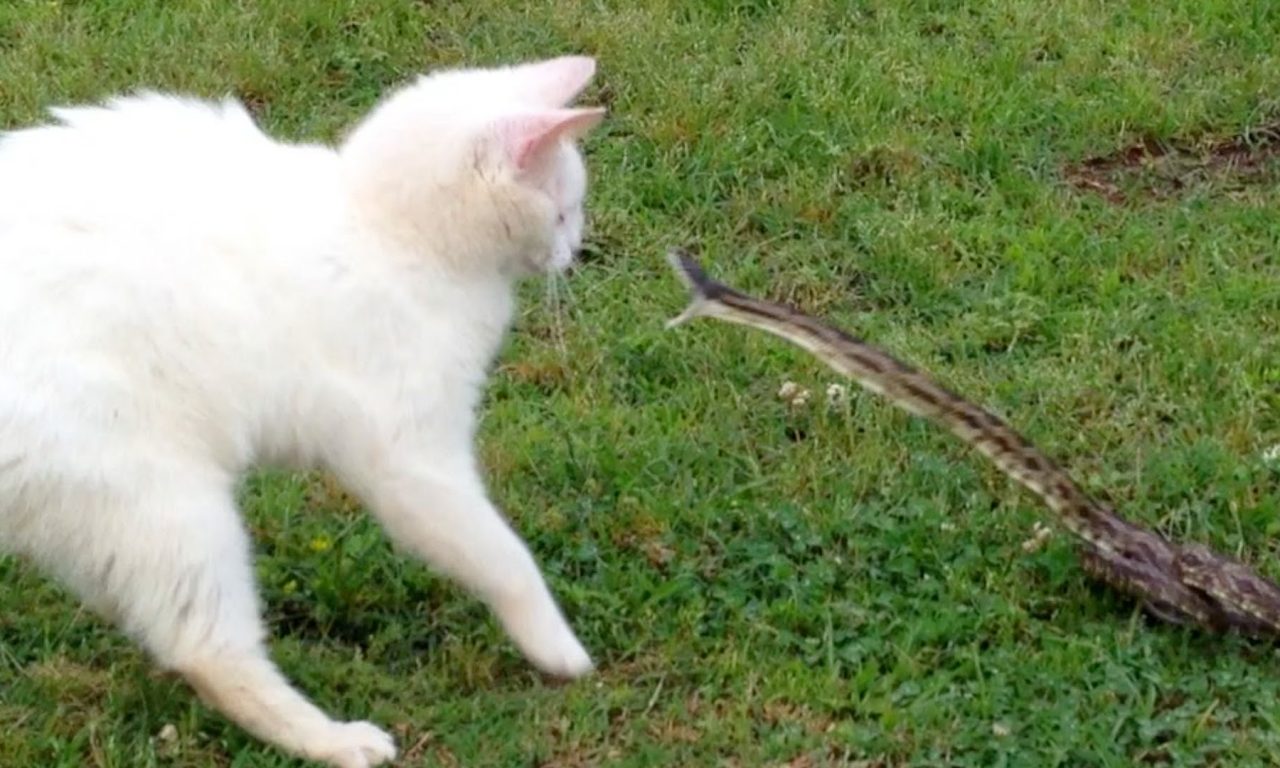

In either case, you want to avoid interacting with a cat exhibiting these postures as they are on the brink of moving on to the real damaging moves. Offensive postures make a cat look big and intimidating. You can be the recipient of fear-based aggression even if you’re not the one causing the anxiety. A defensive cat is often experiencing fear or anxiety about a situation that may or may not be apparent to you. These postures may include: crouching, flattened ears, turning away from the person, hissing, swatting at you, raised hackles, or a tucked head. These postures may be a clue in pinpointing the trigger for the aggressive behavior, as well as a much-needed warning before future attacks.ĭefensive postures are intended to make a cat look smaller and position herself in a protective manner.

What Does Aggression in Cats Look Like?Īlthough owners often report a cat attacking out of nowhere, cats often exhibit subtle changes in body positioning before launching into an actual act of aggression. Cat aggression is truly no laughing matter. In addition to the painful nature of cat bites and scratches, they can also transmit diseases such as cat scratch fever or serious bacterial infection.

Sudden aggression in cats is a scary and frustrating problem for many owners, who fear the unpredictable nature of the kitty fury as well as the physical damage he or she can cause in the throes of an attack. Unfortunately, aggression is not uncommon in felines in fact, it’s the second most common reason for a visit to a behaviorist. What gives? What happened to turn your mild-mannered cat into Cujo? Then, before you know what happened, she hisses and bites your hand. She turns on her side as you rub her belly, and she kneads her paws in contentment. You’re on the couch, petting your purring cat just like you have on many previous quiet evenings.


 0 kommentar(er)
0 kommentar(er)
